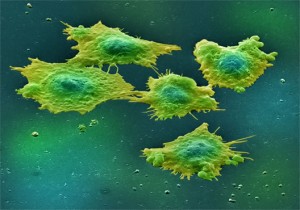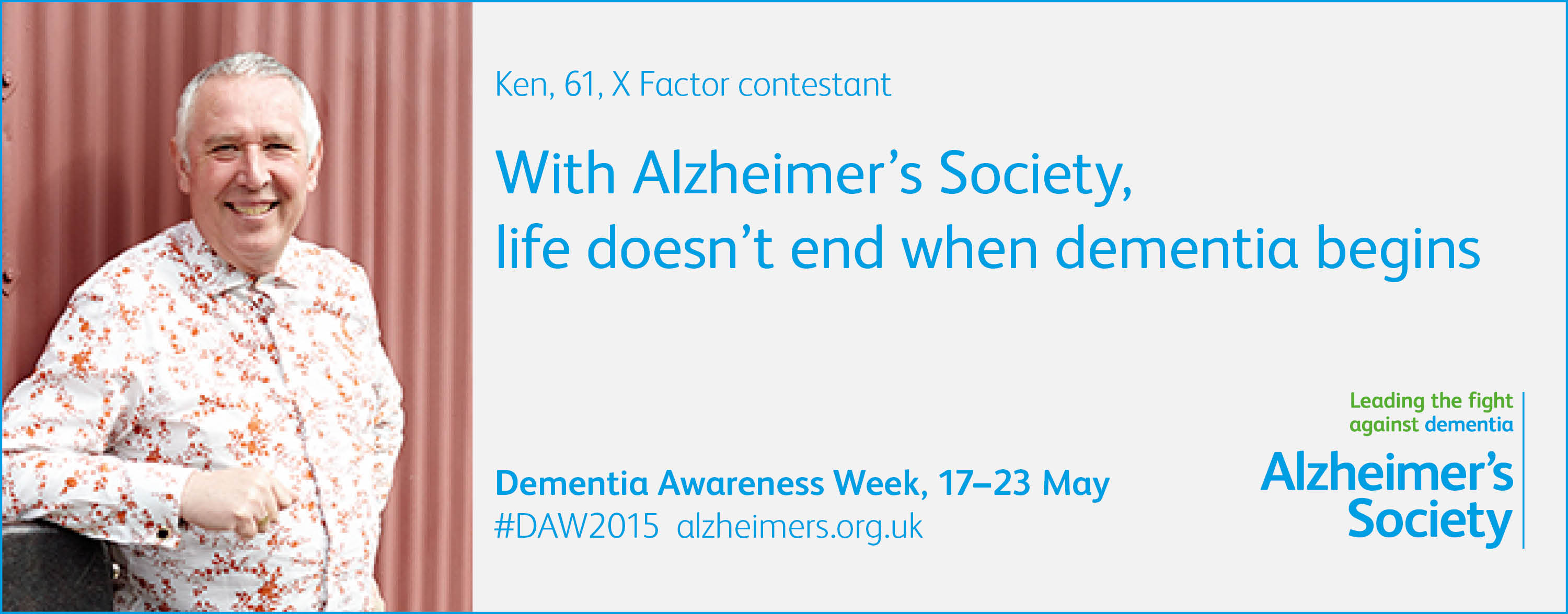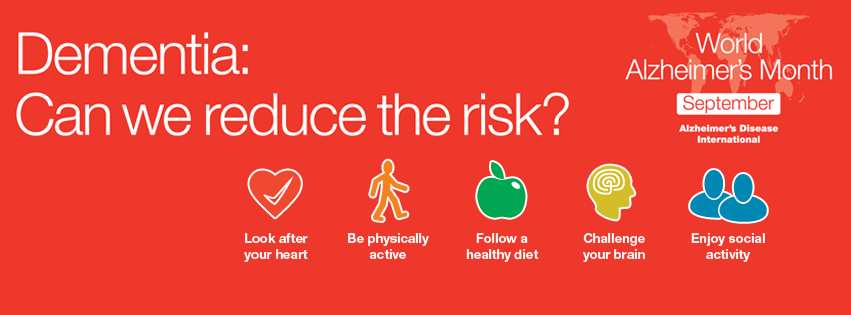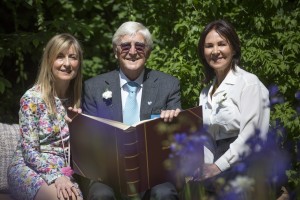
Stem cell therapy
It’s one of the most exciting fields of scientific research today, yet more than a third of the country say they don’t really know anything about it.
We have covered this area a number of times at PatientTalk.Org.
New treatments for Alzheimer’s, and Parkinson’s, or methods of repairing heart muscle, are vital in an aging society. Yet new research out today shows stem cell research, which has already made great progress in these fields and others, remains widely misunderstood and under-utilised.
Research shows that 83% of parents with children under ten feel well enough informed about the science of regenerative medicine to make decisions about their or their children’s stem cells. So is it that a safe and common source of stem cells – umbilical blood cord – is massively under-utilised? The first successful blood cord transplant was performed in 1988 and the method is now a treatment for many medical conditions.
Collecting umbilical cord blood and tissue is a fast way to build up a representative cord blood registry, but the combination of confusion amongst parents to be, and a lack of facilities and trained staff, mean that most of this potentially life-saving material will simply be destroyed. The new research shows that only 28% of parents of young children have even been informed about the option of stem cell storage.
A new partnership between the charity Precious Cells Miracle and the NHS Trust Croydon will start to address this imbalance. PCM will provide NHS hospitals with the staff, technology and specialised equipment necessary to collect cord blood units from families willing to donate them. Patients can choose to donate their cord blood stem cells to build up the Government’s public stem cell bank, effectively donating to any person in need, or they can privately store them for their own family. Increasing awareness of the potential of stem cell research and clearing up confusion around the subject is expected to lead to much higher acceptance of regenerative medicine.
PatientTalk.Org interviewed Dr. Husein K. Salem, BSc PhD, Founder and CEO of Precious Cells International and Dr. Salmaan Dalvi, PhD, Head of Implementation and Governance at Precious Cells Miracle: Community Blood Cord Registry to find out more about stem cell therapy!
PATIENTTALK.ORG What actually is stem cell therapy?
DR. HUSEIN SALEM Stem Cell therapy is the new form of medicine that were seeing coming through now it’s a medicine that’s actually been practised for over 60 years you’ve probably heard of bone marrow transplants.
PATIENTTALK.ORG Yes.
DR. HUSEIN SALEM Yeah so it’s, bone marrow transplant is now called stem cell transplants and the idea of stem cell therapy is replacing cells in the body in specific organs depending on the type of disease that your treating with new cells that don’t have the problem that particular cells do have so if you take the example of Leukaemia, you’ve got specific red blood cells that have cancer, so you’ll remove the cancerous cells replace them with stem cells and then the stem cells will then become healthy functional red blood cells that don’t have the cancer.
PATIENTTALK.ORG and what kind of conditions is it suitable for?
DR. HUSEIN SALEM great question, I’m going to use the word theoretically, but theoretically stem cell therapy can be used to treat any disease, any disease that you think of because ultimately disease is a breakdown of cells in specific organs whether were talking about motor neuron disease, Alzheimer’s, Parkinson’s, Leukaemia , diabetes and if you think that within specific organs let’s take diabetes for example where within the pancreas the cells that produce insulin are no longer able to do that stem cell therapy becomes very exciting because you can replace the specific cells not the entire organ, but the specific cells within that organ that are no longer producing insulin with stem cells once those stem cells are within that organ they’ll then start to function as healthy cells and replace the ones that have been damaged and in the case of diabetes start producing insulin.
PATIENTTALK.ORG And why’s it considered an ethical mind field in some quarters?
DR. HUSEIN SALEM Again a really great question one of the reason why Precious Cells are really supporting Stem Cell Awareness Day and it’s to push the fact that a lot of people are unaware that there’s are two types of stem cell research that goes on. There’s embryonic stem cell research and that’s actually the research that is clouded in moral ethical debates, because it takes stem cells from embryonic sources. Whereas there’s another whole form of stem cell therapy which is called adult stem cell therapy its taking stem cells from adults, from umbilical cord blood one of the areas that special cells group specialise in and that is completely endorsed and back by every major religion in the world by every major government in the world by every major scientific community, medical community and the Labe public.
PATIENTTALK.ORG And what are their cost implications?
DR. HUSEIN SALEMI Another great question, obviously at the moment were talking about mostly clinical trials so there is still a lot of work to be done in terms of developing the actual treatments for a lot of these diseases, but what we do think, and what a lot of white papers are showing is that stem cell therapy will cost a fraction of what current treatments cost. Again this is one of the big reasons why major governments around the world are spending significant amounts of investment into developing this type of therapy because it’s going to be from an economic perspective a lot more cost effective for health care infrastructure.
PATIENTTALK.ORG What is provision like in the UK? Is it poor, is it good? Would you blame the structure of the NHS?
DR. HUSEIN SALEM I’m going to pass you over to my colleague Dr Dalvi who’s head of implementation and governors, he’s got a great incite having worked within the NHS quad bled infrastructure for a number of years.
Doctor Salmaan Dalvi -The NHS structure is set up in such a way that the NHS has been funded for six hospitals in and around the London area to collect 50 thousand stem cell units from cord blood and supply the whole nation. That is not feasible when you’ve got mothers all over the country and when the NHS stores its cord blood it is then processed in Bristol, collected in and around London, processed in Bristol, stored in Bristol. You expect a hymnologist to be able to use it, when you have got nationwide, you’ve got 90 hundred hospitals, or maternity hospitals of good quality with a lot of diversity, of patients of a lot of different ethnicities to be able to give you good quality stem cells. For a country like the United Kingdom, when you’ve got roughly 70,000 birds why haven’t we collected the 50,000 that were targeted by the NHS itself, so that is a question in its self.
PATIENTTALK.ORG Would you advise travelling abroad for treatment?
DR. HUSEIN SALEM No, it’s a case of various types of therapy developing the fastest and what we’ve found is countries where regulations are not as stringent as they are in places like the UK for example stem cell therapy has developed a lot faster for example in the far east, that said lack of regulation and control does mean that it also suffers from having a number of rogue treatment centres, and it’s very difficult for the public to really decipher between a credible centre and a rogue centres that may not actually be injecting stem cells from humans, could be injecting stem cells these have been reported cases of injecting animal stem cells into patients and charging £25,000-£50,000 pounds per procedure. So again it’s a case of the UK needing to invest more funding into stem cell therapies here to prevent reverse medical tourism, we’ve always been the centre of the world in terms of innovation, technology. With more investment here we wouldn’t need people to travel abroad for stem cell therapy.
Doctor Salmaan Dalvi -Can I add to that? What precious cells miracle is about is to collect Precious Cells as in cord blood stem cells from the UK for the use in the UK and abroad if we can give it to someone outside the UK that’s fine, but for now it is UK cord blood cells to be used in the United Kingdom for the United Kingdom therapies where we need it. There’s an urgent need for stem cells and we are not providing and we are not catered for that.
PATIENTTALK.ORG Could you tell us more about how these stem cell banks work?
DR. HUSEIN SALEM Yes, sure. The technology behind bio banking is again a very well established it evolved from the IVF technology which is 60 years old in itself. It takes cord blood stem cells from the umbilical cord after the babies been born again this after the cord has been cut from the baby and the placenta’s been delivered so there’s absolutely 0 harm to the mum or the baby. It’s really important, there’s a lack of awareness in that people are worried it’s going to harm the mum or the baby that there is 0 risks to either. We have a team of trained specialists, called phlebotomists. There able to collect the cord blood from the cord, the blood itself will typically get anywhere between a 100-150 mills of blood, it then goes through a very technical scientific procedure that separates the red blood cells, the plasma and the stem cells that are in the cord blood. Then going through cryogenic technology which is freezing, it’s frozen in a very controlled manner, 1 degrees per minute it drops down. It’s finally put into liquid nitrogen, which is stored at minus 196 degrees. One of the questions a lot of people ask is how long can stem cells be stored for? The research around the world shows that stem cells can be stored indefinitely, so for over a hundred years for example. Then they’re kept in a database that Haematologists and transplant centres around the world can access, and if they have a patient who needs a specific tissue type match for the Leukaemia or thalassemia for example then they’re able to access that, that sample will be taken from the cryogenic banks that we hold, and shipped immediately to the physician who will then be able to perform the transplant. Part of marking stem cell awareness day is that were looking and were establishing more and more centres around the country precious cells group is leading this through precious cells miracle alarm, and were looking for more and more trust to really get on board and to contact us they can find out more information about how both the public, so patients themselves can get involved and also healthcare professionals who need to understand more education so they can educate their parents. They can go onto our website http://www.preciouscellsmiracle.com .




